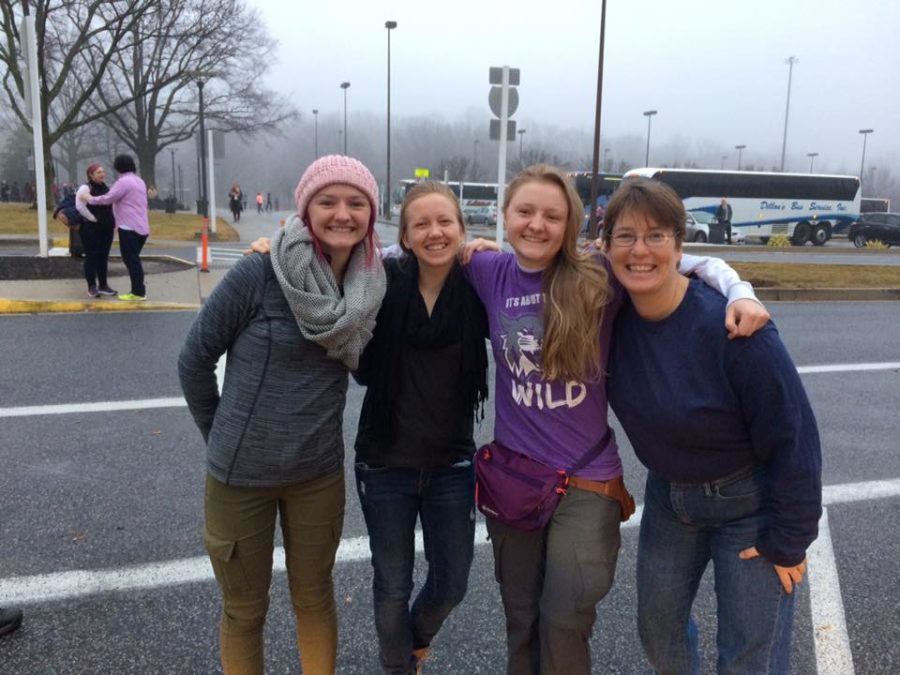
Empty water jugs hanging in the breezeway represent how much water each country uses. The U.S. ranks No. 1.
Students walking across the breezeway that connects the Shepherd Union Building with the Student Services Building might have noticed something different this past week. An exhibit that is a collaborative effort between the geography and graphic design students, in conjunction with Weber State University Water Works, is located in the breezeway. Students can learn more about conserving water by taking a look at the exhibit while walking to and from classes.
Cami Turley, a WSU performing arts junior, said she enjoys having something to look at while walking to classes each day.
“The displays are really impressive and quite informative,” she said. “I was surprised to learn how much water the U.S. consumes compared to other nations. A lot of time had to go into this (display). The hanging water jugs are fun, and they really put how much water we use into perspective.”
The water and humanity exhibit lists how water is associated with Christianity, Hinduism, Animism, Judaism and Islam.
“My favorite display is the religion one,” Turley said. “I liked learning about what water means to different religions. It was interesting.”
Alice Mulder, a geography faculty member, helped oversee the project and works along with the WSU Water Works program.
“We live in an arid environment, and water is limited,” she said. “We are very privileged to have clean water. Many countries don’t have the opportunity to just turn on the sink and have clean water.”
Mulder described ways students can conserve water in everyday life.
“You can save water by simply turning off the water while brushing your teeth or while doing the dishes,” she said.
Utah and Nevada are the two driest states in the nation, and are ranked as the top two states in population growth. Mulder said the population in Northern Utah is growing rapidly each year and, as the population increases, water does not.
“There is a lot that can be conserved,” she said. “There is so much waste.”
The exhibit also offers information on household pollutants that cause damage to Utah’s water supply and wildlife. Some household chemicals contain phosphates and, when washed down the drain, can cause excessive algae growth. The growth of algae depletes water of oxygen and, as a result, kills aquatic life.
Some products that should never go down the drain include prescription drugs, hazardous waste, and oil and grease. Ogdencity.com lists several disposal sites for common household hazardous waste.
“I think most of us don’t do it on purpose,” Turley said. “We don’t think about dumping out an old bottle of cleaner or rinsing oil off the driveway into the gutter. It’s a matter of becoming more aware of what our actions may cause.”
Classes involved with the exhibit were Geography 3060, World Environmental Issues, Art 4400 and Advanced Graphic Design. Six groups of 8-10 students each collected information and created the exhibit.
The display will be up until Dec. 7. More information about Water Works and its upcoming events are available at www.weber.edu/waterwork.
“I think water is one of those things we just rely on to always be there,” said Cameron Serna, a WSU marketing senior. “It never crossed my mind that we could run out. It’s interesting to be able to see it laid out and come to find out we really could run out.”










